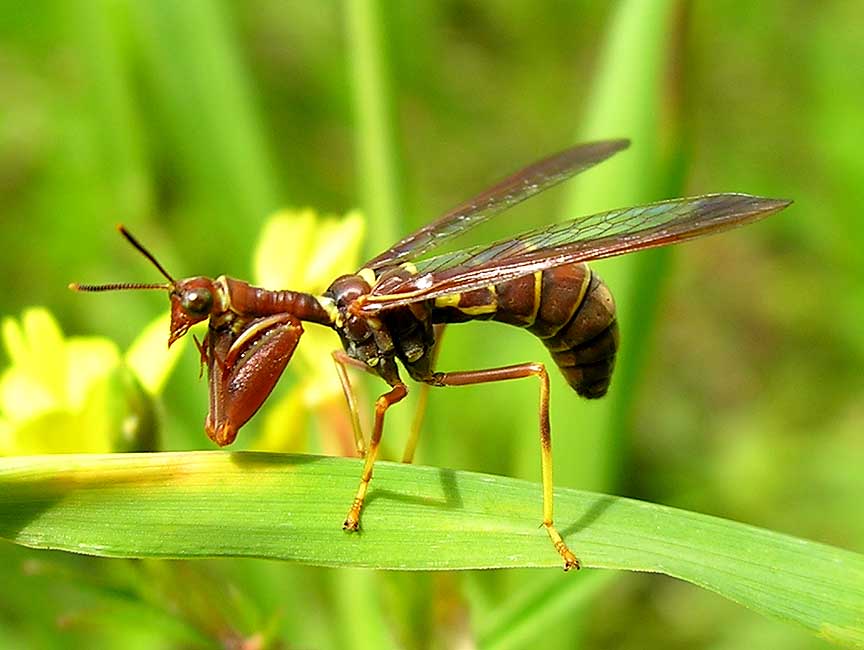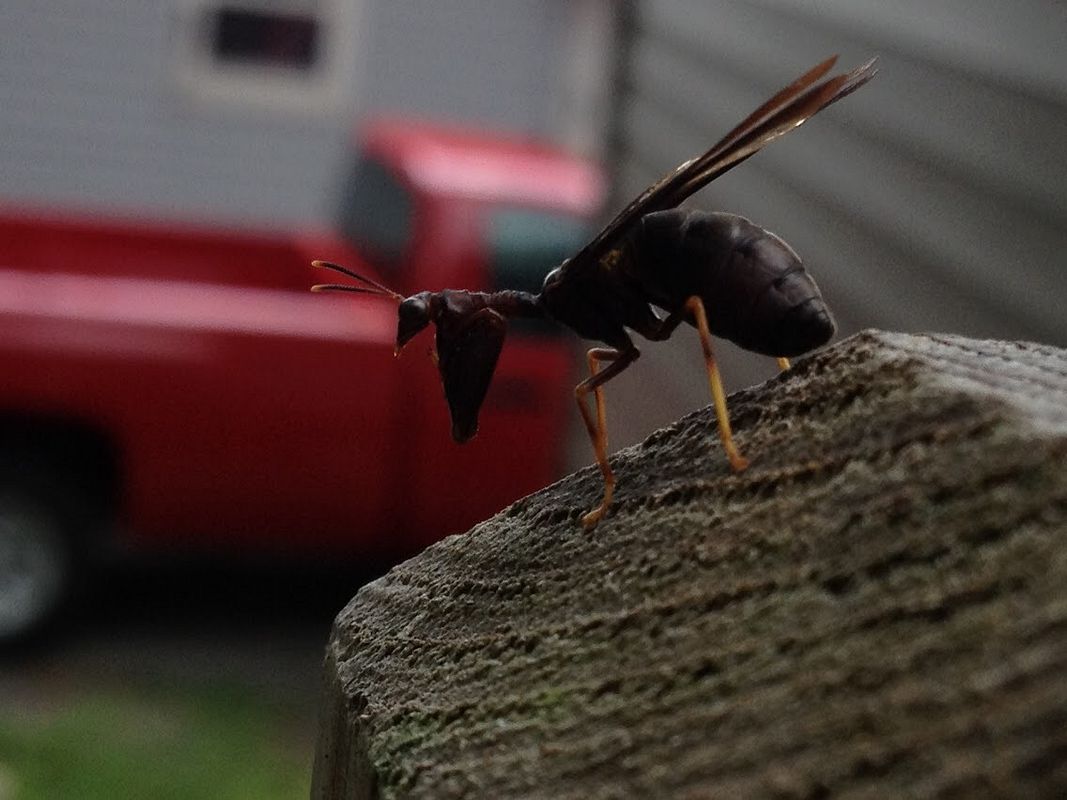Mantis Man13
Well-known member
I have always wanted to see a mantis fly up close. Finally, I saw the rare sight today when I was catching some flies for my Orchid mantises. I saw what looked like a lacewing and until closer inspection I realized it looked like a mantis! I knew I had finally found one! It is a little over a centimeter long and has little mantis claws and a mantis face and neck! Tell me if you guys have ever seen these insects before and also if you can keep them as a pet like a mantis?


Last edited by a moderator:






